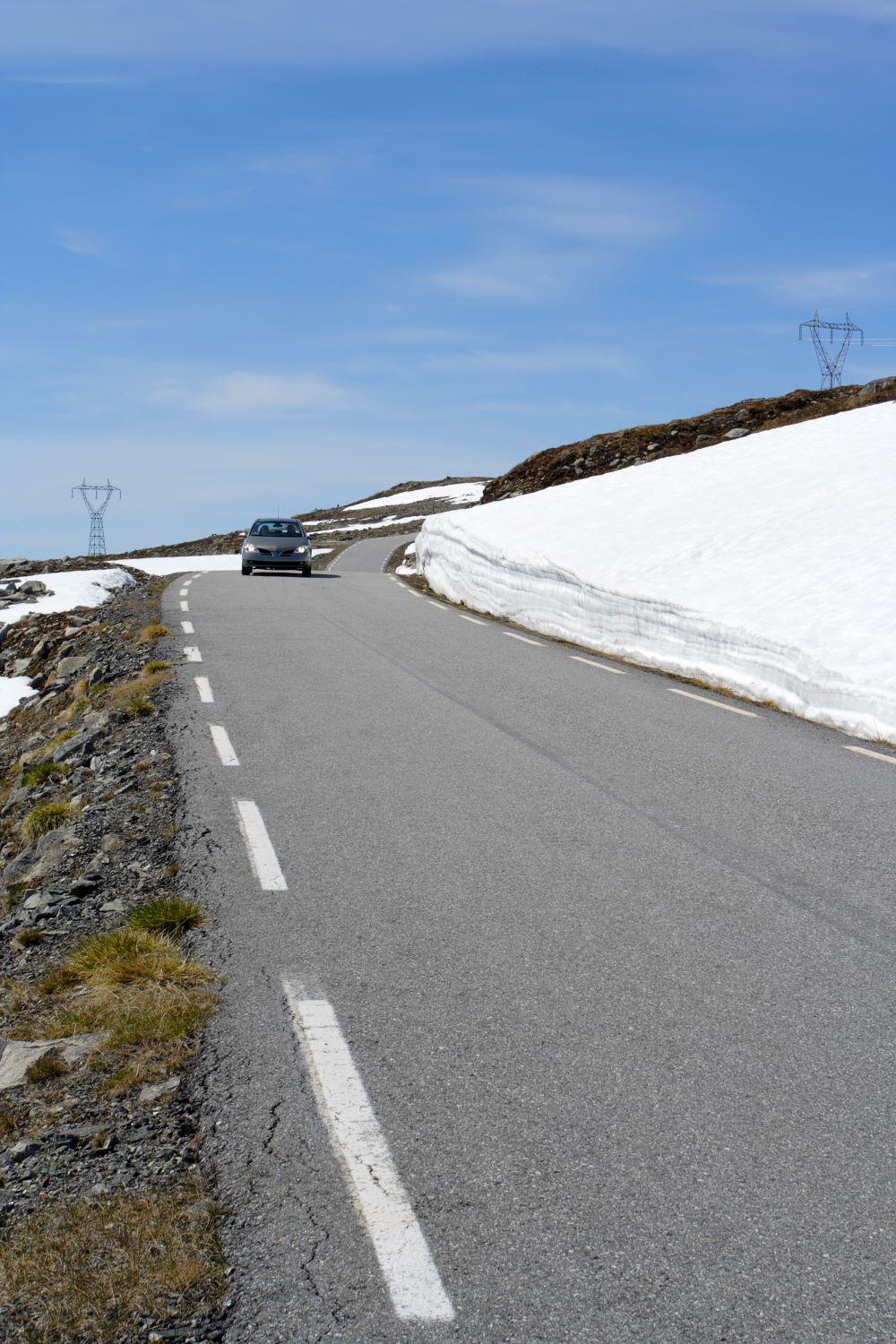Smarter Maintenance - About
Background
The road network in Norway covers a total of 93,000 km and in 2015 had an estimated value of NOK 1,600 billion. The Norwegian road network is coming under increasing strain due to increased traffic and more challenging weather conditions. This could reduce both the working life of the roads and road users’ safety and mobility. The National Transport Plan (NTP) outlines total maintenance needs of NOK 1,000 billion over the next decade. In addition, society has expectations of the quality and uptime of the road network. The roads should be open all-year-round – ideally 365 days a year, 24 hours a day.
The Norwegian Public Roads Administration is Norway’s largest road owner and is responsible for more than 10,000 km of main roads, 6,000 bridges and 580 tunnels. Each year they spend around NOK 13 billion on operating and maintaining their part of the road network. With such a large and complex portfolio of objects, it is difficult to maintain a good overview of the current condition of all the objects and to predict how this will change in future. This makes it important to target efficient forms of work, better decision-making bases, smarter prioritisations and innovative methods.
At the same time, the maintenance sector could benefit from a number of rapid technological developments currently underway:
- Sensors are getting cheaper and simpler, and use less power.
- Communication technology and the Internet of Things (IoT) are making it possible to measure, control and monitor in totally new ways.
- Computer vision, machine learning and other forms of artificial intelligence are providing new opportunities for automated image analysis.
- Data storage and computing power have now reached a level that makes it possible to make digital twins of objects and simulate how the object will develop over time.
Making use of these innovations will require an interdisciplinary collaboration in research and innovation that blends new technology with domain knowledge (in areas such as road technology, structural engineering, water and sewage and hydrology). In close collaboration with the Norwegian Public Roads Administration, various focus areas have been defined where we wish to use these technologies.
The major maintenance requirement for the road network means that the entire road sector has a considerable need for new resources with both good digital competence and an in-depth understanding of the conventional domain areas. Consequently, the SMARTer maintenance project also attaches significant importance to recruiting the technical experts of tomorrow. One of the ways this can be achieved is through active integration of student projects at bachelors, masters and Ph.D level.

